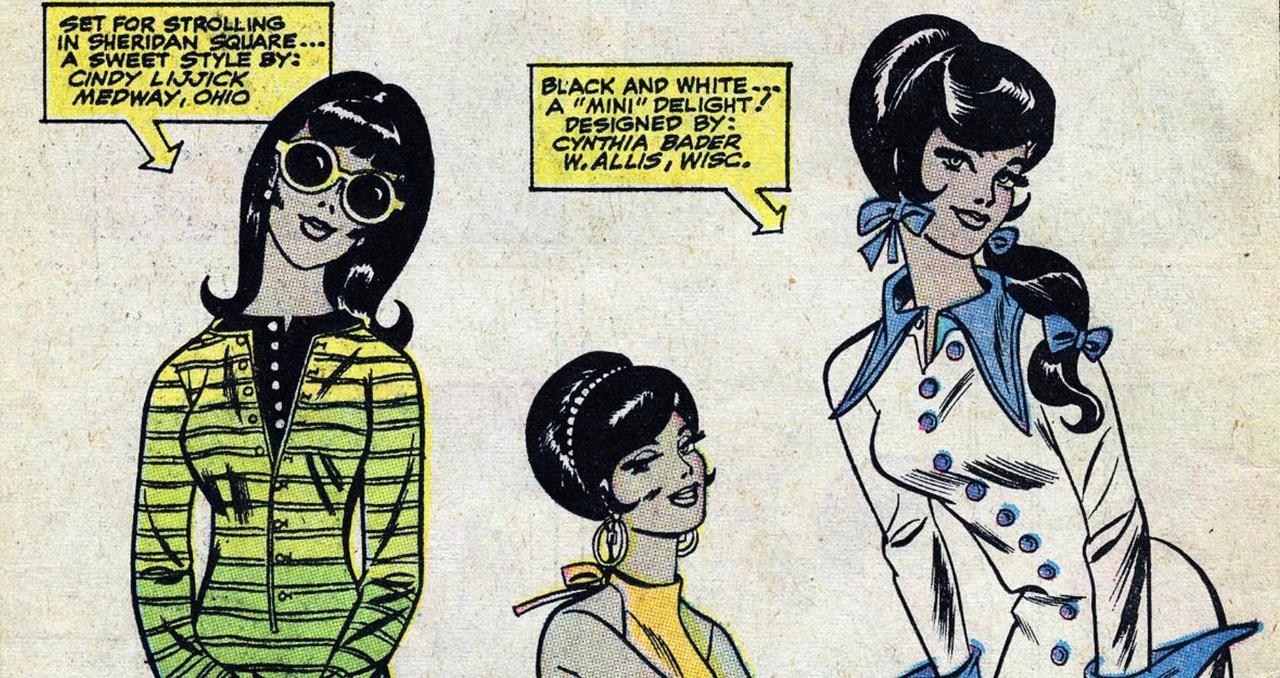If you click on a link and make a purchase we may receive a small commission. Read our editorial policy.
The legacy of Jill Jerold, Marvel’s first black woman
Who is Jill Jerold? Meet Marvel’s first reoccurring woman of color.

Marvel has a proud history of creating iconic women of color, yet their first reoccurring black female character has been largely forgotten. Before Monica Rambeau, Storm, Misty Knight, and Shuri, there was Jill Jerold.
Co-created by Denny O’Neil, one of the most influential writers in the Bronze Age of Comics, Jill was a model who primarily served as a supporting character in Millie the Model, Marvel’s longest-running female-led title which ran from 1945 through 1973, although she also once found herself in a love triangle with the Human Torch and Hercules. As the first black woman to have a reoccurring role in a Marvel comic, Jill broke down barriers, and looked fashionable while she did it.
Black Characters in Timely and Atlas Comics
To truly appreciate how historic Jill Jerold was, it’s important to look at what things were
Subscribe to Popverse to read this article
Become a member and get first access to tickets and badges to our events, photo ops, exclusive content, and more.
Follow Popverse for upcoming event coverage and news
Find out how we conduct our review by reading our review policy
Let Popverse be your tour guide through the wilderness of pop culture
Sign in and let us help you find your new favorite thing.
















Comments
Want to join the discussion? Please activate your account first.
Visit Reedpop ID if you need to resend the confirmation email.